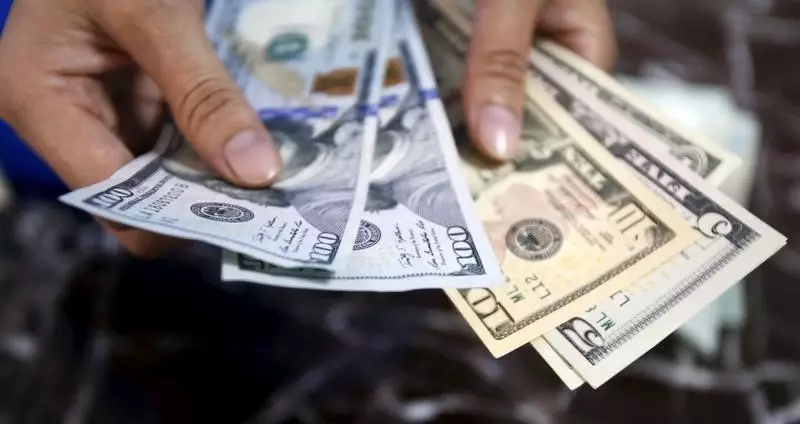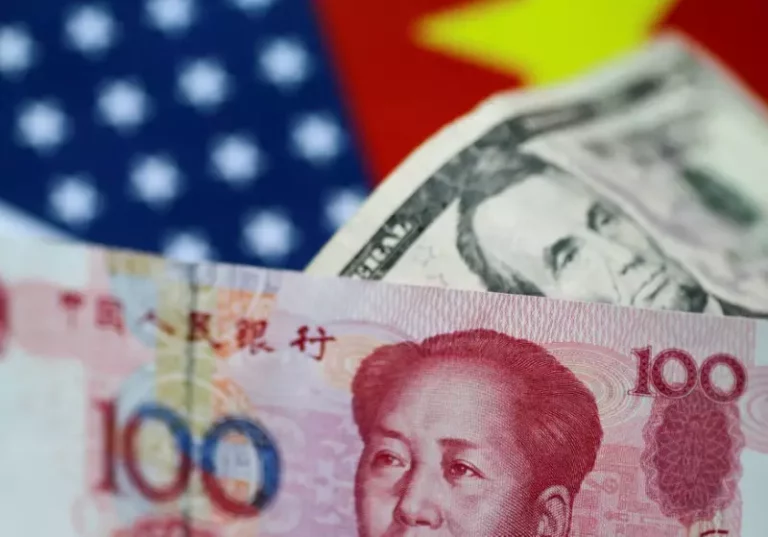U.S. Economic Trends and the Future of the Dollar

Recent trends in the U.S. economy have allowed the dollar to regain some ground lost in previous months, thanks to a slew of positive economic indicators. Despite this temporary resurgence, analysts at UBS caution that the American economy’s exceptional performance is likely to wane as we move into 2025. This comes after a period where the U.S. appeared to be immune to the pervasive global economic challenges. The long-standing narrative of U.S. economic superiority is facing scrutiny as monetary policy becomes increasingly restrictive in light of a stabilizing inflation rate and a labor market that is beginning to loosen its grip.
Inflation in the United States has finally returned to target levels, prompting the Federal Reserve to reconsider its aggressive monetary stance. At the September meeting, the Fed opted for a notable reduction of 0.5 percentage points in its policy rate—a decision that signifies a gradual shift towards a more neutral monetary policy. This policy recalibration signals a significant shift in the economic landscape; the Fed’s adjustments come not only as a response to improved inflation metrics but also as a reflection of a labor market that is unlikely to trigger substantial inflationary pressures moving forward.
As rates decrease, the dynamics of international investment are changing. The U.S. previously boasted some of the highest yields among G10 nations, enabling it to sustain its twin deficits effectively. However, as U.S. yields diminish, assets in other nations become more appealing by comparison. This phenomenon is expected to contribute to a gradual depreciation of the U.S. dollar, with UBS forecasting a mid-single-digit decline within the next year.
As the dollar weakens, investors are looking beyond U.S. shores for investment opportunities. UBS highlights that the most promising alternatives emerge in currencies such as the Swiss Franc (CHF), British Pound (GBP), and Australian Dollar (AUD). Switzerland offers a unique scenario; despite its historically low interest rates, the CHF is viewed as increasingly attractive due to shrinking yield differentials against other currencies. UBS has projected that the USD/CHF pair may settle at 0.80 by the third quarter of 2025.
Meanwhile, in the United Kingdom and Australia, high yields coupled with stable economic growth do not warrant any drastic monetary easing. As a result, these nations are poised to maintain competitive interest rates, potentially positioning the GBP and AUD favorably against the USD. Analysts foresee the AUD/USD and GBP/USD pairs trading at approximately 0.75 and 1.38, respectively, in the latter half of 2025, suggesting a continued preference for these currencies as investors reassess their portfolios in this evolving landscape.
As the U.S. economy transitions into a new phase marked by shifting monetary policy and competitive international investment environments, stakeholders must remain attentive to these changes. The anticipated weakening of the dollar presents both challenges and opportunities, as the fundamental drivers of currency valuation undergo transformation. In this complex landscape, strategic decision-making will be paramount for investors navigating the uncertainties ahead.





